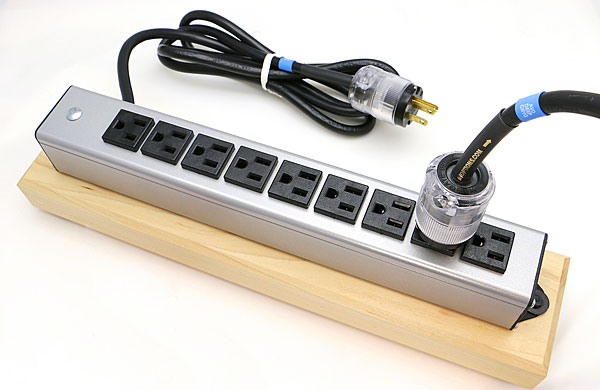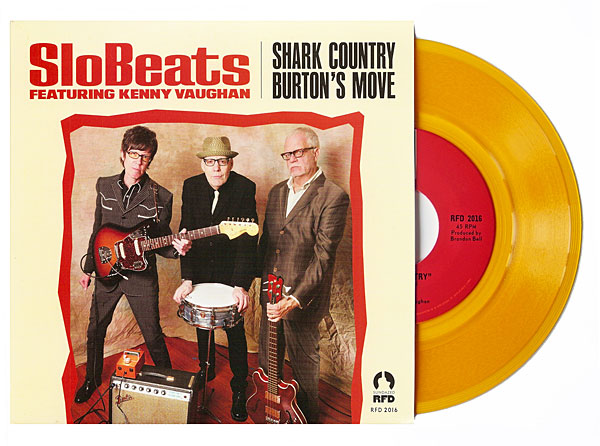| Columns Retired Columns & Blogs |
It's a wonderful Record Player.
The VPI will crush it sonically and massively.
But I still love the darn thing, not that I own one.
I did Import a couple hundred LP-12s direct from England and sold em right under the nose of Audiophile Systems.
I also sold the VPI as one of Harry's dealers.
That was 1982-5: Vinyl's Glory Days.
Then Vinyl died, r.i.p.
Somehow, folks are trying to keep Vinyl Alive.
People own thousands of Records, not many people but there are some out there (still) like Todd the Vinyl Junkie in Montana.
A few of my 1980s customers are still active in Vinyl but only a very small remnant.
Vinyl folks still dominate the Printed Press. We get to see Snaps of $30,000 Turntables and $5,000 Phono Cartridges. Is anyone buying them?
All my remaining Southeastern Michigan HighEnd Audio Dealers ( 2 ) are part time outfits. My Esoteric Audio was full-time that bleed to death from the CD.
Today the Internet bleeds all Brick & Mortar outfits that aren't Food & Spirits, Hair or New Cars. ( or Check-cashing outfits and Banks )
Harmon is reporting Headphones to be a ( sit down and hold on ) an 8 Billion $ industry. What part of that is Vinyl? Probably not enough to add a decimal point fractional percentage.
I'd love to see a Successful Vinyl business model like we had back in the Linn days but we'd need to eliminate Apple and Google to get there. It'll help if we could wipe out the darned Internet and make CDs and digital Illegal.
Now-a-dayz I only have pleasant dreams of Koetsu and Monster Cable Reference Series & Linn Saras.
Tony in Michigan







































